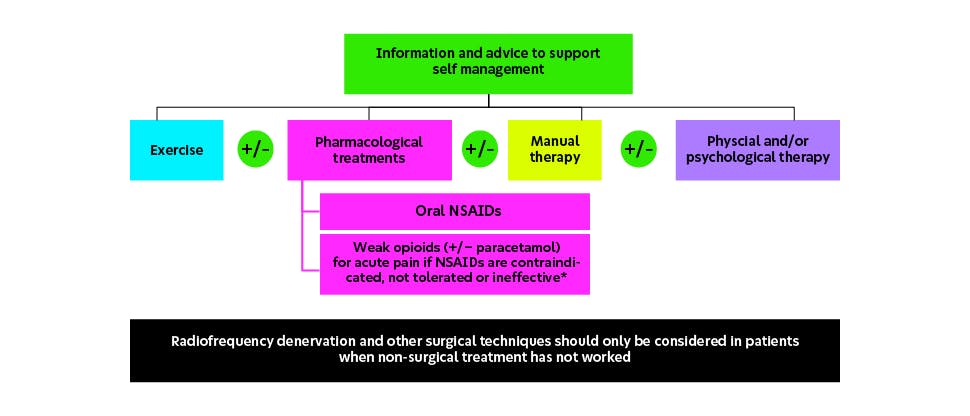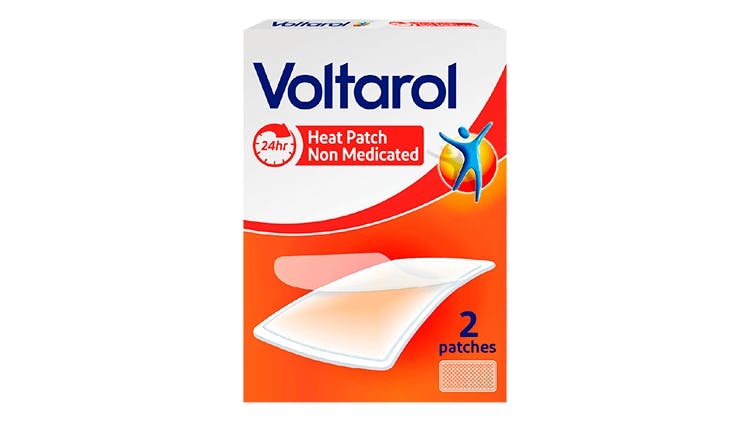Back pain: Management

Managing back pain
Back pain frequently resolves within a few weeks or months.1,2
However, sometimes the pain can persist over the long term, or keep recurring.1
Here we review physiotherapeutic and pharmacological treatment options to help your patients manage their back pain.
Guideline recommendations for treating back pain

Guidance on managing back pain recommends multimodal intervention
Recommendations from the National Institute for Health and Care (NICE) are available guiding the pharmacological and non-pharmacological management of lower back pain.3
This advice covers several modes of intervention:
- Exercise
- Pharmacological treatments
- Manual therapy
- Physical and/or psychological therapy
How can Laura and Riya be helped?

Laura
Laura has recently hurt her back and cannot do as much with her family as she used to. She is having difficulty bending, twisting and reaching.
Laura needs a solution that offers powerful relief from back pain.
Voltarol Back and Muscle Pain Relief 1.16% Gel is scientifically proven to help relieve pain, reduce inflammation and restore movement.

Riya
Riya has been experiencing aches and twinges in her back. She is on medications for a couple of chronic conditions and is reluctant to take any more tablets.
Riya needs a non-medicated solution that offers effective pain relief and fast recovery from back pain.
Voltarol Heat Patch provides continuous low-level heat, relieving pain so Riya can stay on her feet.
Understanding back pain
Signs and symptoms
Explore an overview of how to recognise back and pain and know when to refer patients.
Overview of sprains and strains
Find out about how prevalent sprains and strains are, and meet two patients with these problems.
Learn more

Voltarol Back & Muscle Pain Relief 1.16% Gel Diclofenac Diethylammonium for back pain
Scientifically proven to help relieve pain, reduce inflammation and help restore movement.

Voltarol Heat Patch – for non-medicated relief of back pain
Continuous low-level thermotherapy patches provide deep penetrating and widely distributed pain relieving heat for up to 8 hours for back pain or neck pain.*
*40°C for 8 hours per day for at least 2 days.
